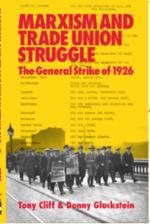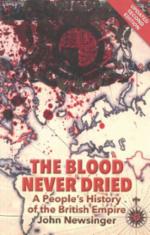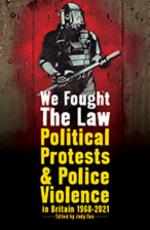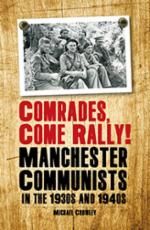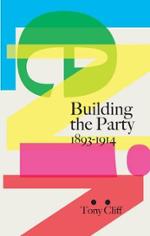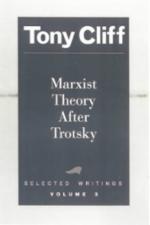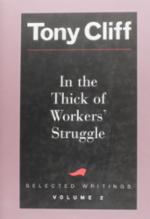In major class struggles all social and political theories are put to the
ultimate test of practice. Ideas and beliefs that persist long after they
have ceased to explain the world around them are suddenly illuminated
by the light of practical struggle. Those that pass such a rigorous examination
are validated more surely than any words could do.
The General Strike 1926 was one such test. In the light cast by the
tremendous solidarity of millions of workers, the black treachery of the
trade union leaders gave a clear-cut shadow, the weaknesses of current
Marxist strategy were clearly outlined.
Yet the events of May 1926 have long been encrusted in myths that obscure the
real lessons, myths that serve both to shield the ruling-class attack on workers
and the trade union leaders who betrayed them in the midst of battle.
This book uses an account of the 1926 General Strike in order to re-examine
key questions for Marxists today. How should socialists relate to the working
class whose emancipation they seek? And in particular, to the mass struggles
of the class? Where do trade unions stand in the struggle for socialism?
What is the role of the trade union leaders? On all these key issues the 1926
General Strike was a textbook demonstration.

